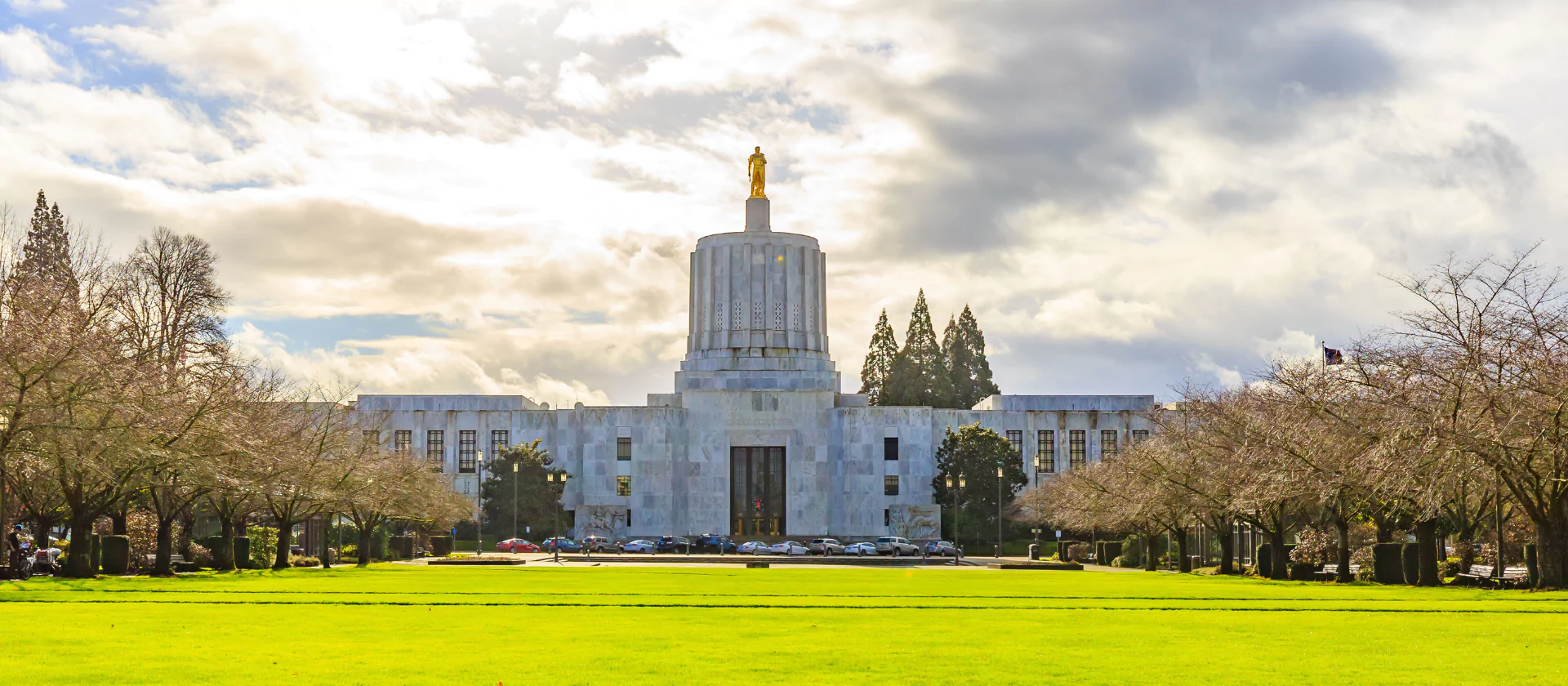The leaves are changing color, the temperature is dropping, and the smell of pumpkin spice is in the air. We all know what that means: Scary Season has begun. In the spirit of the season, here are seven facts about economic inequality in Oregon that will have you shaking in your boots.
1. The income of the top one-tenth of 1 percent has risen like a bat out of hell
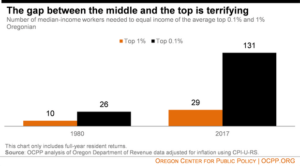
Oregonians are facing a scary reality: the income gap separating those Oregonians in the middle of the income ladder and those at the very top has never been wider. In 1980, it took 26 typical (median income) Oregonians to equal the average income of the highest-earning taxpayers — the top one-tenth of 1 percent. By 2017, this had grown to 131 typical Oregonians. That is nearly a five-fold increase.
2. Median wage growth has barely registered a pulse
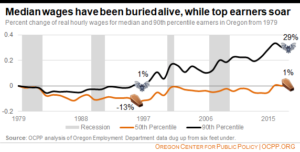
The typical Oregon worker has seen practically no wage gains in over three decades. Since 1979, wages for the median earner are up only 1 percent. In a nightmarish scenario, for most of that long stretch, the median worker was making less than they did in 1979. Wages for top earners, by contrast, broke even with 1979 wages in 1998, and have continued to climb since.
3. Wealth inequality is even scarier
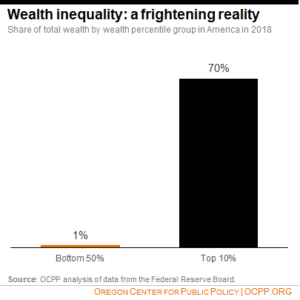
As frightening as income inequality is, inequality by wealth is even scarier. Income refers to how much money you earn in a year, while wealth is the sum total of all of your assets minus all of your debts. No good sources for wealth inequality at the state level exist, but national figures show that wealth is even more concentrated at the top than income. In 2018, the wealthiest 10 percent of Americans together held 70 percent of the nation’s wealth, while the bottom half of Americans together owned only 1 percent of the nation’s wealth.
4. The racial wealth gap is a true horror show
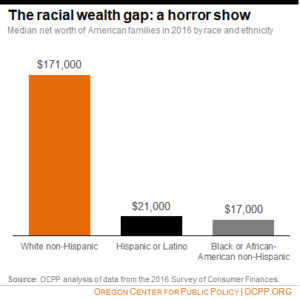
What do you get when you layer centuries of racial oppression and ongoing racist structures on top of grotesque levels of economic inequality? You get a vast racial wealth gap. In 2016, White families had a median net worth 10 times higher than that of Black families. While the typical White family in America has a net worth of $171,000, the typical Black family’s net worth is closer to $17,000. Latino families fare little better, with a median net worth of about $21,000.
5. Inequality is turning us into monsters
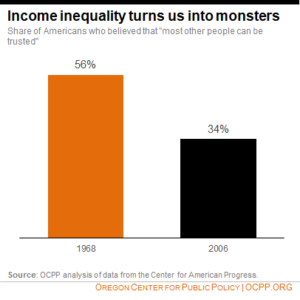
With rising inequality, our faith in the “American Dream” is fading, being replaced instead with an American Nightmare. Research from the Center for American Progress found that as income inequality has increased, it has contributed to Americans becoming more pessimistic and less trusting of one another and our political leaders.
6. The decline in union membership is a matter of grave concern
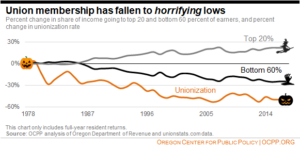
Unions are the kiss of death for income inequality. By strengthening the hand of workers in bargaining for good wages, strong benefits, and a secure retirement, unions help workers capture more of the fruits of the economy (or grow their bags of candy). A union’s presence in an industry boosts wages for non-represented workers by virtue of its impact on industry-wide wage standards.
Not surprisingly, the growth of income inequality has occurred at the same time unionization nationally and in the state has declined. Between 1978 and 2018, the share of Oregon workers represented by a union declined by a scream-worthy 54 percent.
7. Income inequality is the Grim Reaper for those at the bottom
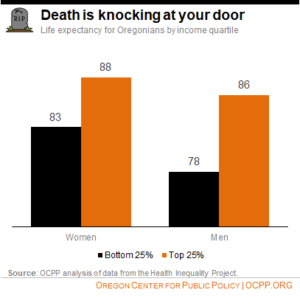
Income inequality kills: low income Oregonians are dying sooner than those at the top. Research on the correlation between life expectancy and income indicates that the highest earners are living longer, and seeing their life expectancy increase over time. Low income earners on the other hand, die sooner, and have not experienced gains in life expectancy in recent years.
In Oregon, low income men die 8 years sooner than top earners. The Grim Reaper comes for low income women in Oregon over 5 years sooner than wealthy women.
While Scary Season is harmless fun, income inequality is deadly serious. At both the state and federal level, we need to implement policies that will drive a stake through the heart of income inequality.





